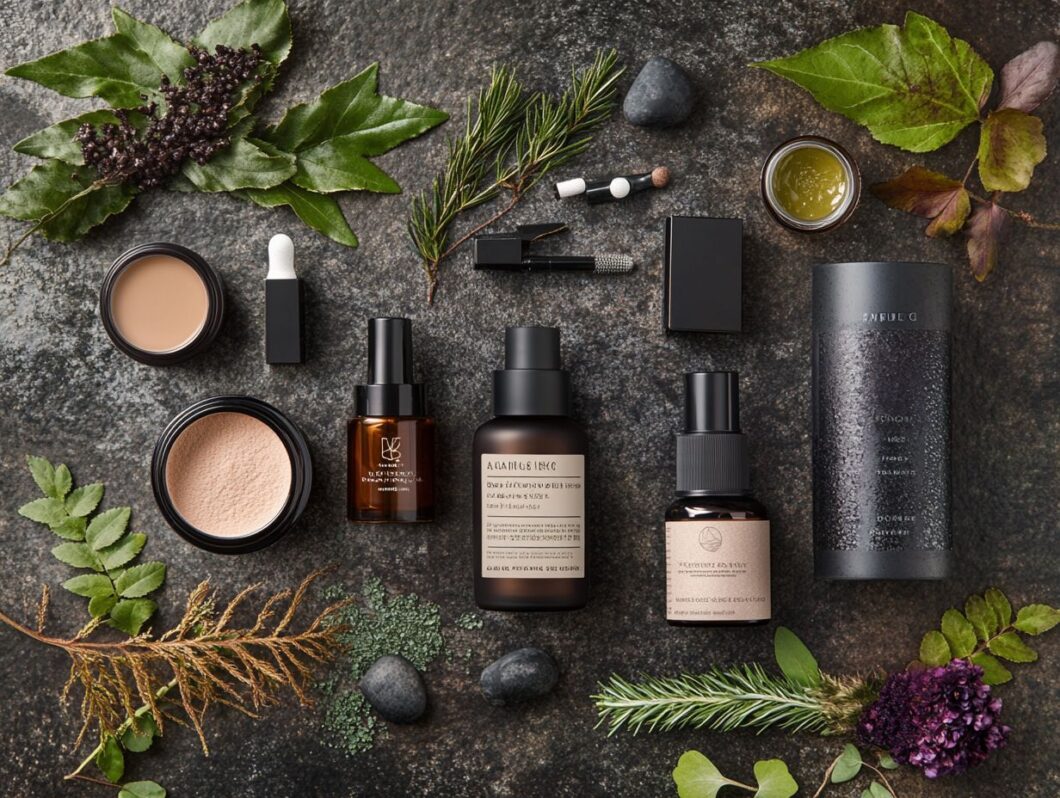The clean beauty movement has significantly reshaped the cosmetic landscape, placing a strong emphasis on transparency, safety, and sustainability in beauty products.
As consumers become increasingly aware of the ingredients in their skincare and cosmetics, understanding clean beauty certifications has become essential for making informed choices.
In this article, I will explore the concept of clean beauty, delve into various certification standards, highlight the key criteria for approval, and assess the benefits and drawbacks of certified products.
Additionally, I will provide alternatives for those seeking safe and ethical beauty solutions.
Together, we will navigate this evolving beauty paradigm and empower ourselves to make better choices in our beauty routines.
Key Takeaways:
The Clean Beauty Movement
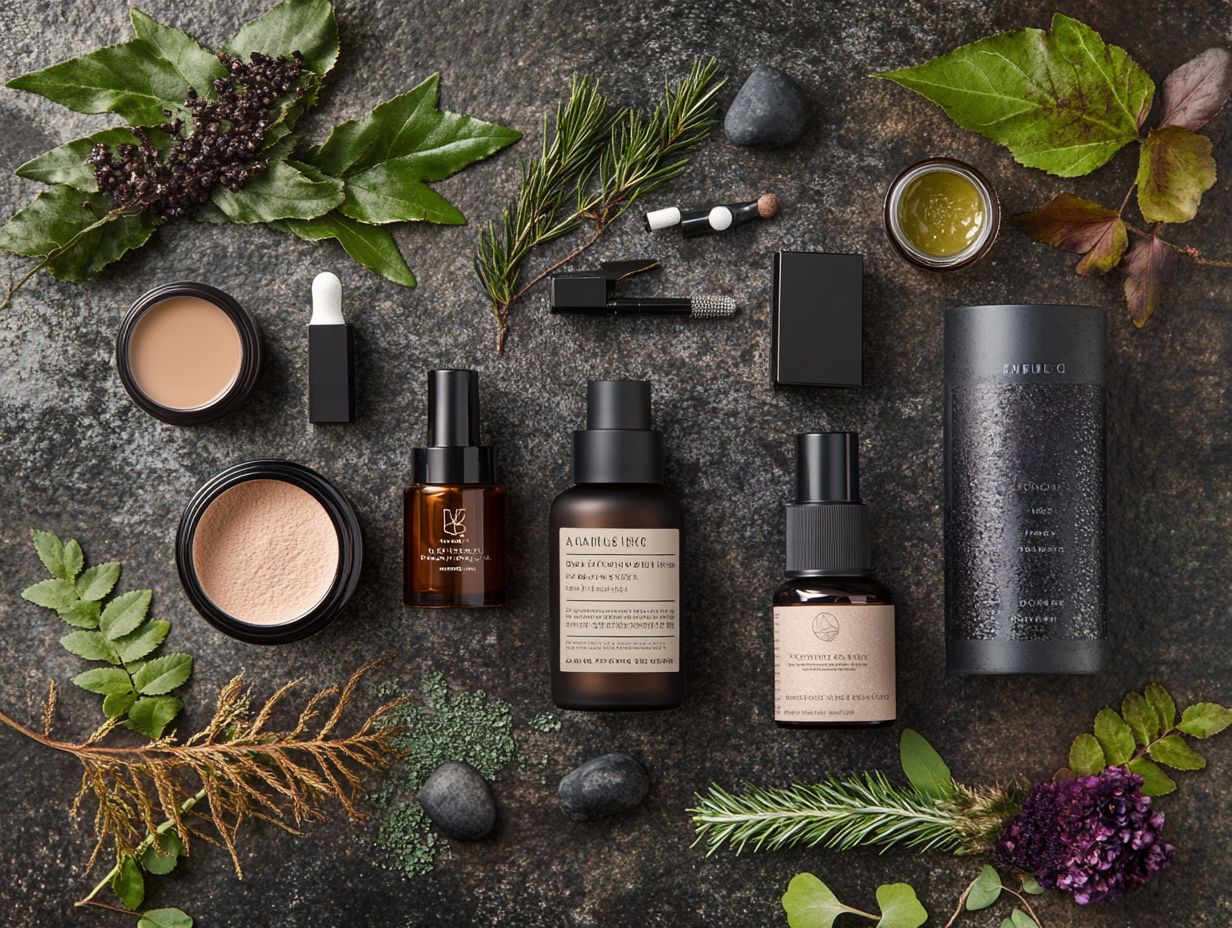
The Clean Beauty Movement signifies a substantial transformation within the beauty industry, where I have observed that consumers are increasingly prioritizing products that align with sustainable practices and non-toxic skincare.
This movement underscores the importance of utilizing clean beauty products made from organic ingredients while also demanding transparency regarding ingredient lists and labeling claims.
I see that brands are now being held accountable for their practices, driving a transition toward environmentally friendly solutions that meet the rising demand for cruelty-free products and ethical sourcing.
This shift is largely fueled by consumer education and awareness of the health risks linked to toxic ingredients, which ultimately fosters trust between consumers and brands.
Understanding the Shift Towards Clean Beauty
Understanding the shift towards clean beauty requires an appreciation of the increasing consumer trust in brands that prioritize sustainable cosmetics and transparency within the beauty industry.
This transition is primarily driven by a heightened awareness of the health risks associated with toxic ingredients commonly found in traditional products. Many individuals are placing their well-being at the forefront of their choices and gravitating towards brands that provide natural alternatives, free from harsh chemicals.
As a result, I have observed that more consumers are meticulously examining product labels and actively seeking skincare solutions that align with their values. This conscious decision-making is not just a passing trend; it signifies a substantial change in consumer purchasing habits, as they are now placing greater emphasis on ingredient integrity.
Consequently, the skincare industry is evolving in response to these trends, with brands adjusting their formulations and marketing strategies to cater to a more informed and health-conscious audience.
What is a Clean Beauty Certification?
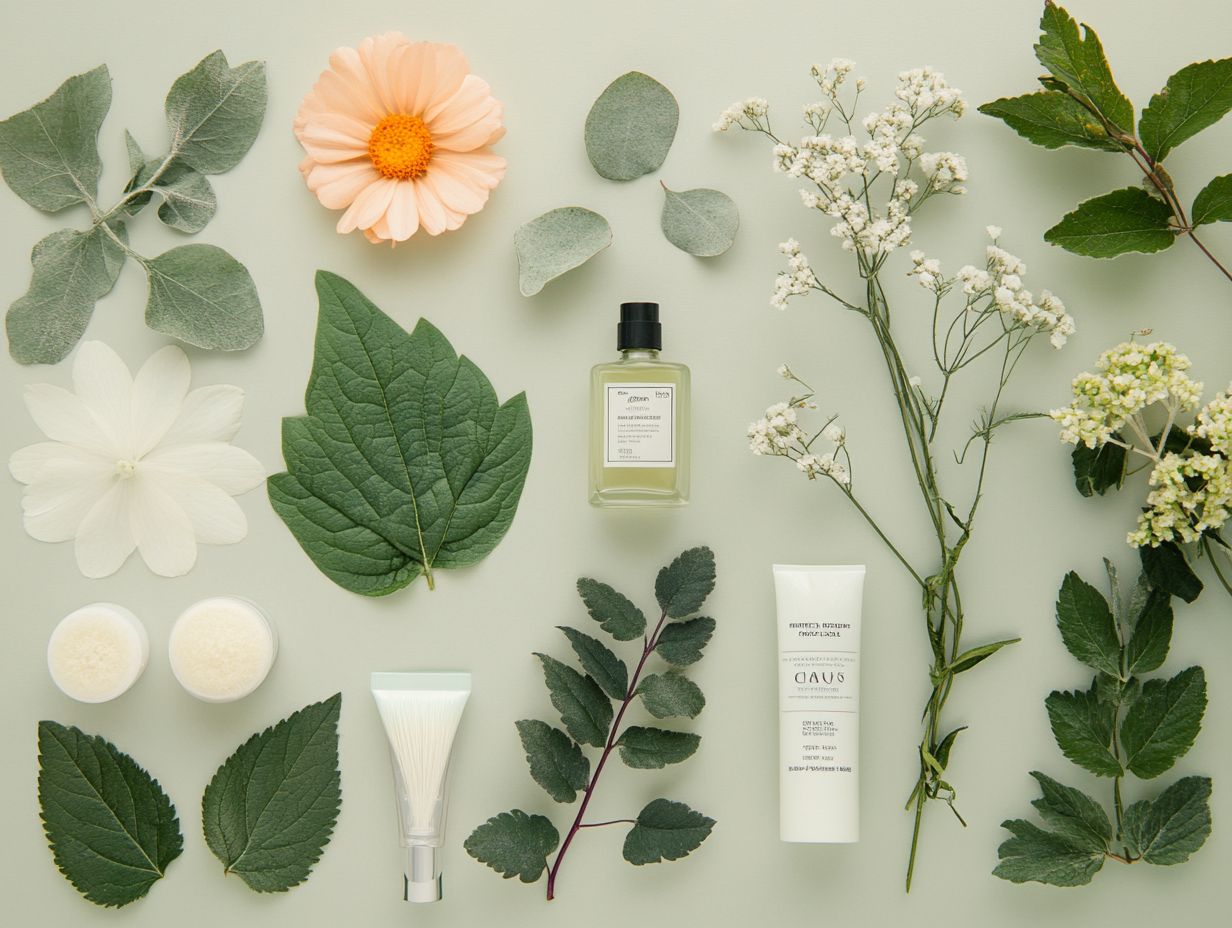
A Clean Beauty Certification serves as formal recognition that a beauty product adheres to specific safety and sustainability standards.
This certification confirms that the product aligns with the principles of clean beauty and environmental sustainability.
Overview of Different Certifications
There are several organizations that provide certifications for clean beauty products, such as FDA registration, USDA organic certifications, COSMOS, Ecocert, and cruelty-free certifications like Leaping Bunny and PETA’s Beauty Without Bunnies.
Each of these certifications is crucial for establishing trust between consumers and brands in the dynamic beauty market. For example, FDA registration confirms that products meet safety standards, while USDA organic certifications emphasize ingredient purity and sustainable farming practices.
Organizations like COSMOS and Ecocert advocate for environmentally friendly practices by certifying products that comply with rigorous ecological guidelines. On the ethical front, cruelty-free certifications from Leaping Bunny and PETA assure consumers of the humane treatment of animals.
By raising awareness about ingredient safety and ethical practices, these organizations enable consumers to make informed choices that reflect their values.
The Criteria for Clean Beauty Certification
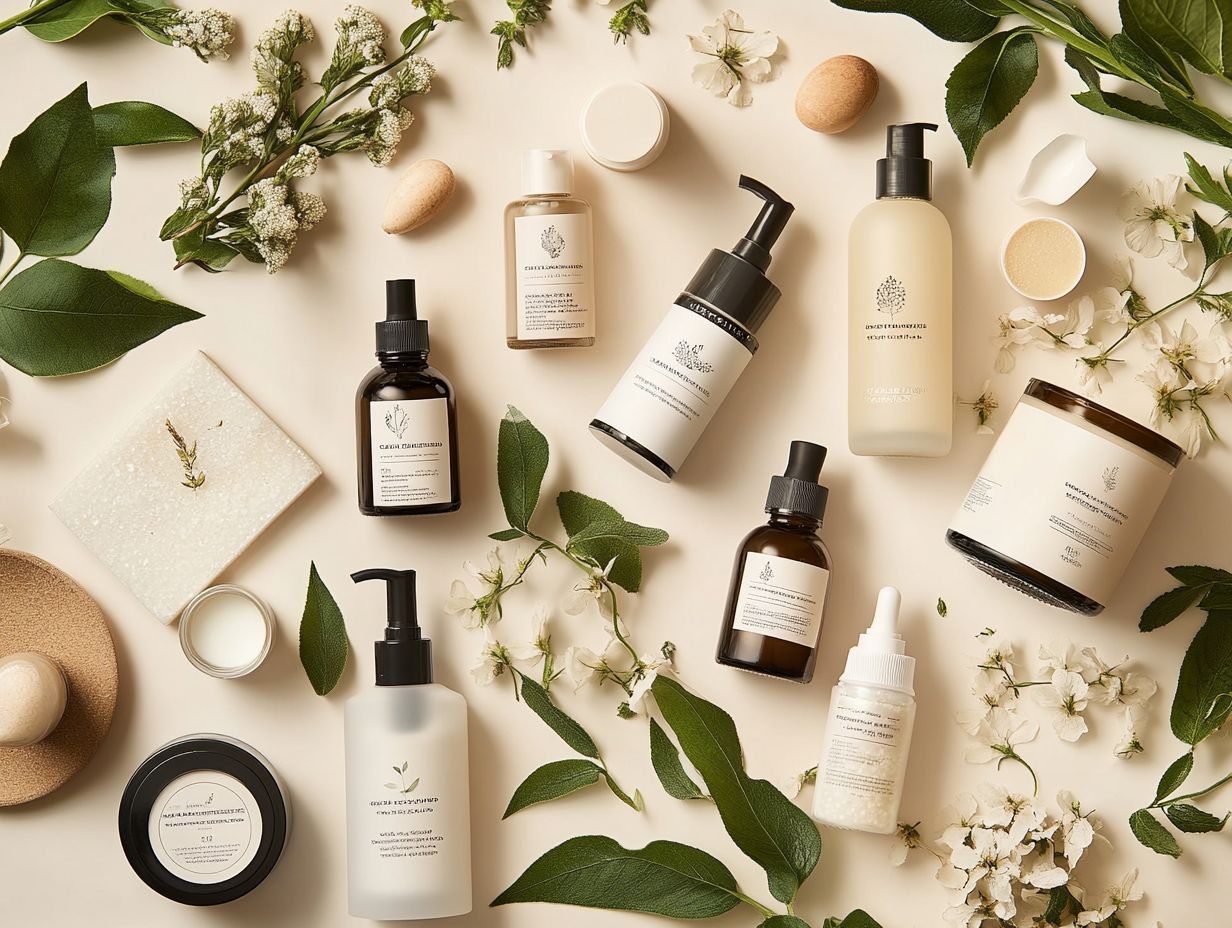
I adhere to the criteria for clean beauty certification, which includes strict guidelines regarding the types of ingredients utilized in products.
This certification emphasizes the importance of avoiding known toxic ingredients and complying with chemical bans to ensure skin safety.
Ingredients to Avoid and Standards to Meet
In my professional experience, I recognize that clean beauty certifications necessitate that brands avoid toxic ingredients that could pose health risks, in addition to adhering to established standards concerning ingredient transparency and safety issues.
I am aware that many common toxic substances, such as parabens, sulfates, phthalates, and synthetic fragrances, must be avoided due to their potential to disrupt hormonal balance, cause skin irritations, or even increase the risk of long-term health issues.
As consumers increasingly seek products that not only enhance their appearance but also protect their overall well-being, it becomes essential for brands in the clean beauty sector to maintain high standards. This commitment enhances their credibility and ensures that they offer effective yet safe alternatives.
By upholding these rigorous requirements, brands can build trust with consumers while promoting a healthier beauty industry overall.
The Benefits and Drawbacks of Clean Beauty Certification
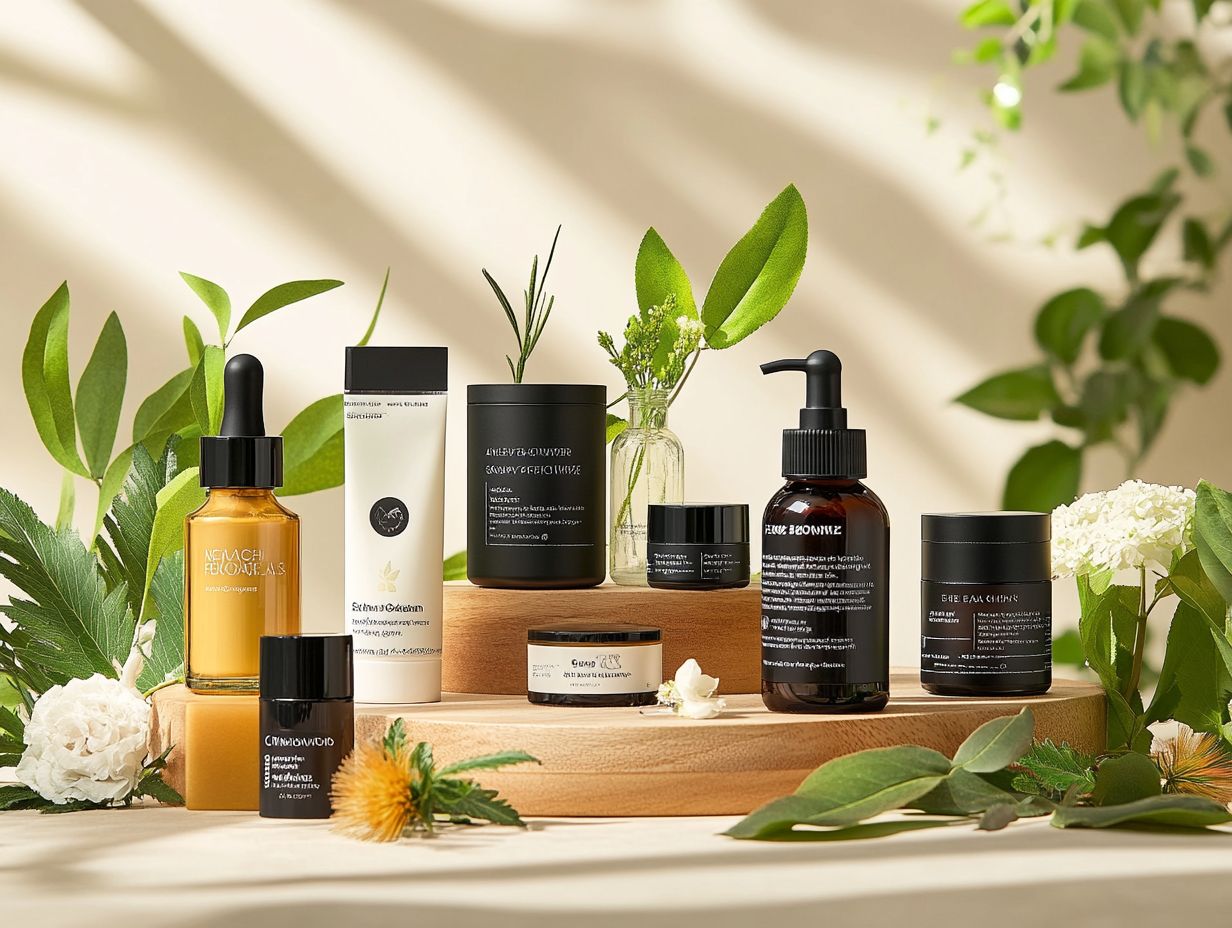
Understanding the benefits and drawbacks of clean beauty certification is essential for my decision-making process as a consumer.
I carefully consider the implications of product safety, sustainable practices, and adherence to established beauty standards when evaluating my options.
Pros and Cons of Certification
The advantages of clean beauty certifications include enhanced transparency and improved consumer education regarding product safety, while the drawbacks may encompass limited accessibility and potential confusion stemming from the differing certification standards.
These certifications enable me to navigate the increasingly complex beauty market more effectively, allowing me to make informed decisions that align with my values around sustainability and ingredient safety.
By clarifying what defines safe and ethical products, these certifications not only promote accountability among brands but also build consumer trust. However, with the rise of various certification labels, I often find myself overwhelmed, trying to determine which seals genuinely ensure product integrity.
This abundance of options highlights the necessity for critical evaluation, as understanding the significance of different certifications can significantly impact my shopping habits and, ultimately, influence the industry’s commitment to better practices.
Alternatives to Clean Beauty Certification
I recognize that there are alternatives to clean beauty certification for consumers who are looking for safe and ethical beauty products.
It is essential for me to focus on well-considered choices and to thoroughly understand labeling claims related to ingredient sourcing.
Other Ways to Ensure Safe and Ethical Beauty Products
To ensure I choose safe and ethical beauty products, I look for companies that are committed to environmentally friendly practices. This includes using biodegradable packaging and ethically sourcing their ingredients.
Additionally, I enhance my understanding by researching brands’ sustainability efforts, which often include transparency regarding their supply chain and animal testing policies. I find that many consumers are increasingly turning to clean skincare options that prioritize non-toxic ingredients, helping to promote healthier skin and a healthier planet.
Engaging in consumer education is crucial in this journey, enabling me to make informed choices that align with my values. By carefully scrutinizing product labels, seeking reviews from trusted sources, and participating in community discussions, I can gain a deeper appreciation of the implications behind my beauty purchases.


